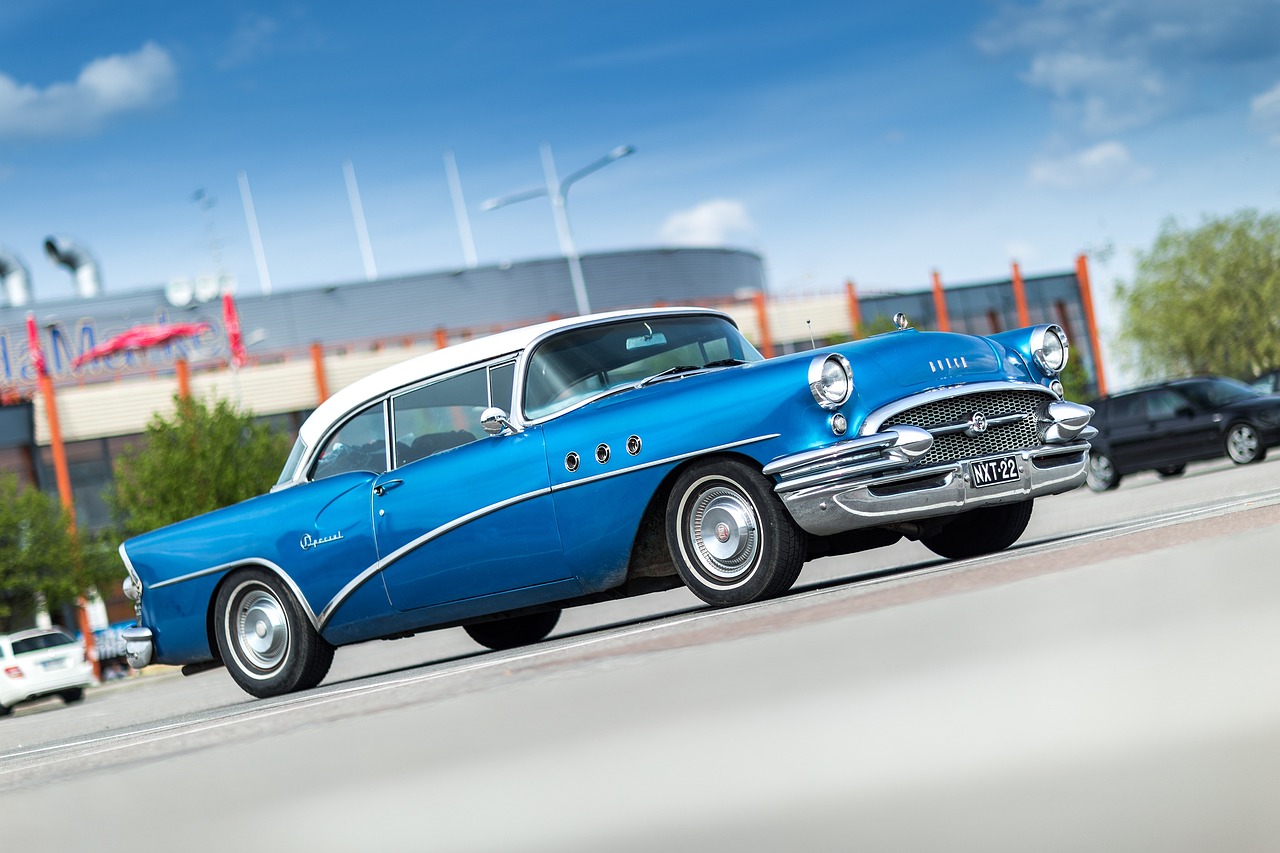These engines are engineered specifically for the demands of North American trucking, where long highway hauls at sustained high speeds are common. Detroit engines have powered American trucks for over 80 years, with Detroit Diesel Corporation establishing itself as a major force in commercial diesel engine manufacturing. Currently owned by Daimler Truck North America, the Detroit brand focuses on the DD13, DD15, and DD16 engine platforms that deliver between 350 and 605 horsepower. Detroit's approach emphasizes achieving high power density—extracting maximum horsepower from relatively compact engine packages. The DD15, with its 14.8-liter displacement, produces up to 505 horsepower and 2,508 Newton-meters of torque, numbers that position it competitively against larger-displacement rivals while weighing approximately 150 to 200 kilograms less.
Asymmetric Turbocharging for Power Delivery
Detroit engines use an asymmetric turbocharger design where the turbine housing and compressor housing are optimized independently rather than using a symmetrical layout. This allows engineers to match the turbine side precisely to exhaust flow characteristics while sizing the compressor side for optimal air delivery across the engine's operating range. The result is better throttle response and reduced turbo lag compared to conventional symmetric designs.
The DD15 and DD16 use variable geometry turbochargers with moveable vanes in the turbine housing. These vanes adjust their angle based on engine speed and load, directing exhaust gases to spin the turbine efficiently at both low and high RPMs. At low engine speeds, the vanes close partially to increase exhaust gas velocity, spooling the turbo quickly for responsive acceleration. At high speeds, the vanes open to allow higher exhaust flow without creating excessive backpressure that would restrict engine breathing.
Turbocharger boost pressures reach approximately 35 to 40 PSI on Detroit engines at full load, forcing more air into the cylinders than atmospheric pressure alone could provide. This forced induction allows the engine to burn more fuel per cycle, directly increasing power output. The intercooler positioned between the turbocharger and intake manifold cools this compressed air by 80 to 100 degrees Celsius, increasing air density further and preventing excessive combustion temperatures.
Integration with Powertrain Systems
Detroit takes a comprehensive approach by designing engines, transmissions, and axles to work together as optimized systems rather than separate components. The Detroit DT12 automated manual transmission is programmed specifically for Detroit engine characteristics, with shift points and clutch engagement strategies that complement the engine's torque curve. This integration improves fuel economy by keeping the engine operating in its most efficient RPM range more consistently than aftermarket transmission pairings.
The DDEC (Detroit Diesel Electronic Controls) system manages engine operation through multiple sensors that monitor over 50 different parameters. Crankshaft position, camshaft timing, boost pressure, exhaust gas temperature, coolant temperature, and dozens of other inputs feed into the control module continuously. The system adjusts fuel injection timing and quantity, turbocharger vane position, and EGR (exhaust gas recirculation) valve opening thousands of times per second to maintain optimal combustion efficiency regardless of operating conditions.
Downsped operation is another area where Detroit's integrated approach shows benefits. The company recommends running engines at lower RPMs—around 1,000 to 1,200 RPM during highway cruising—which reduces friction losses and improves fuel economy. This strategy only works when the engine produces sufficient torque at these low speeds, and the transmission has gear ratios spaced appropriately to keep the engine in this efficient range across varying speeds and grades.




Want to add a comment?